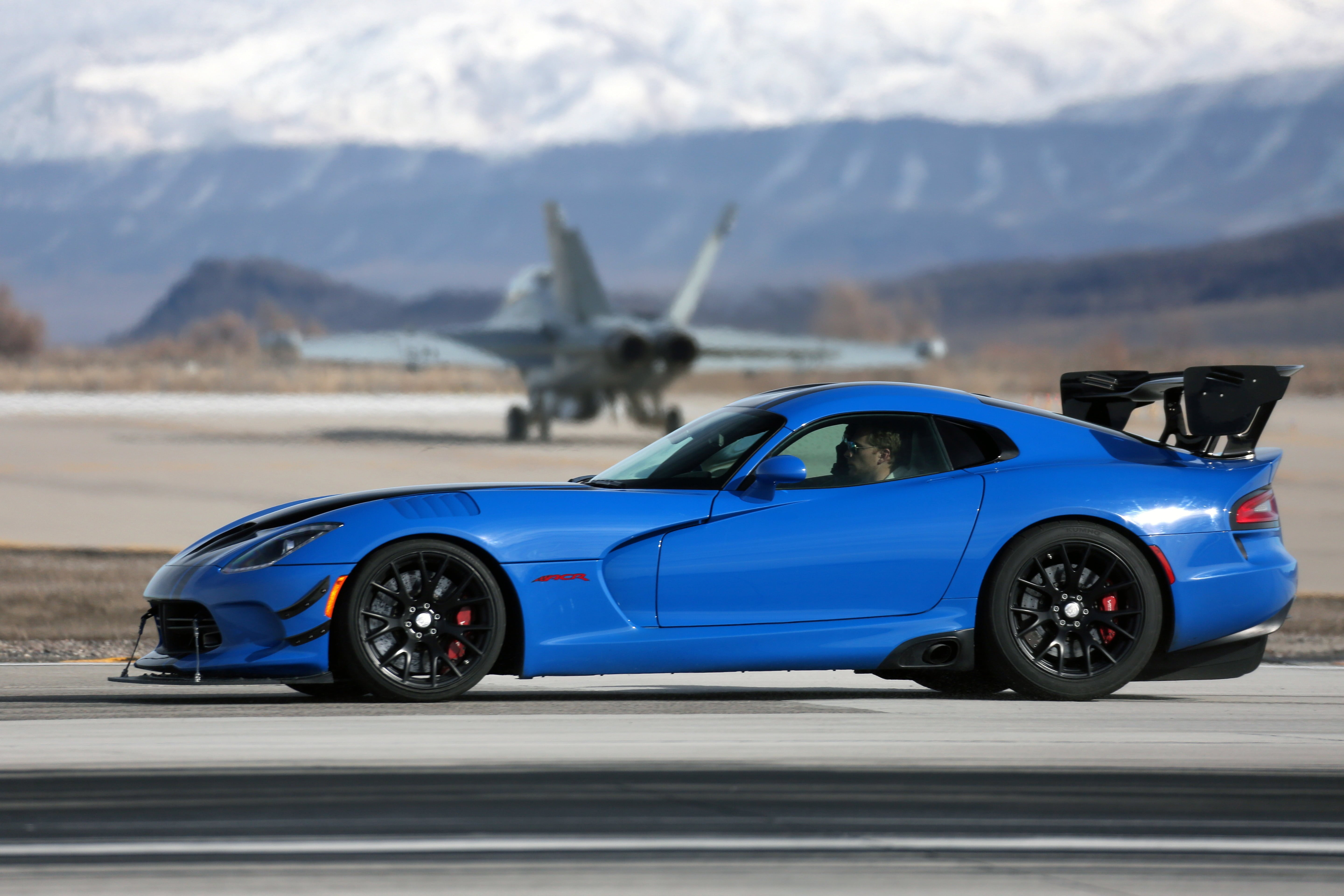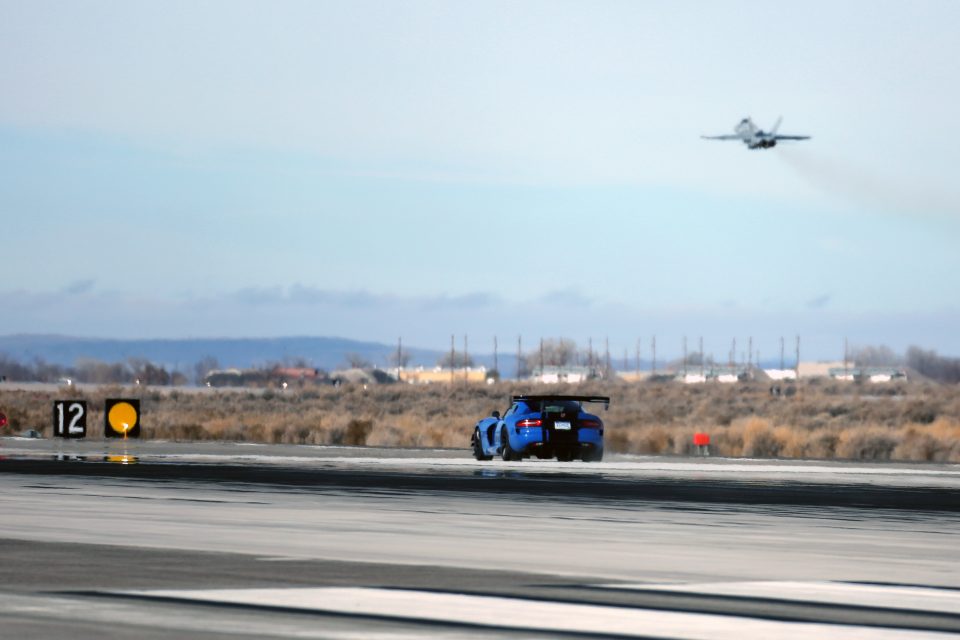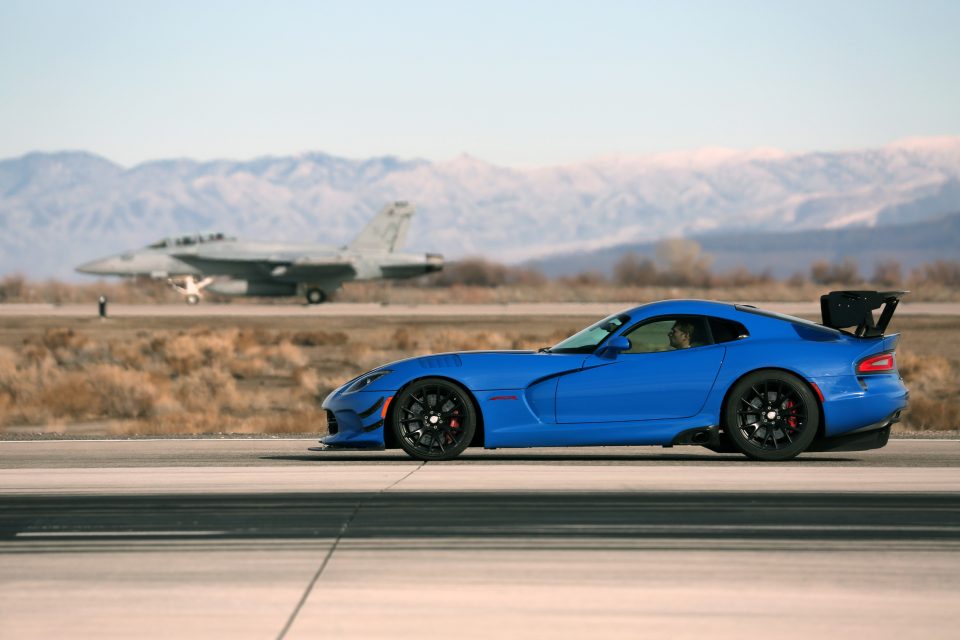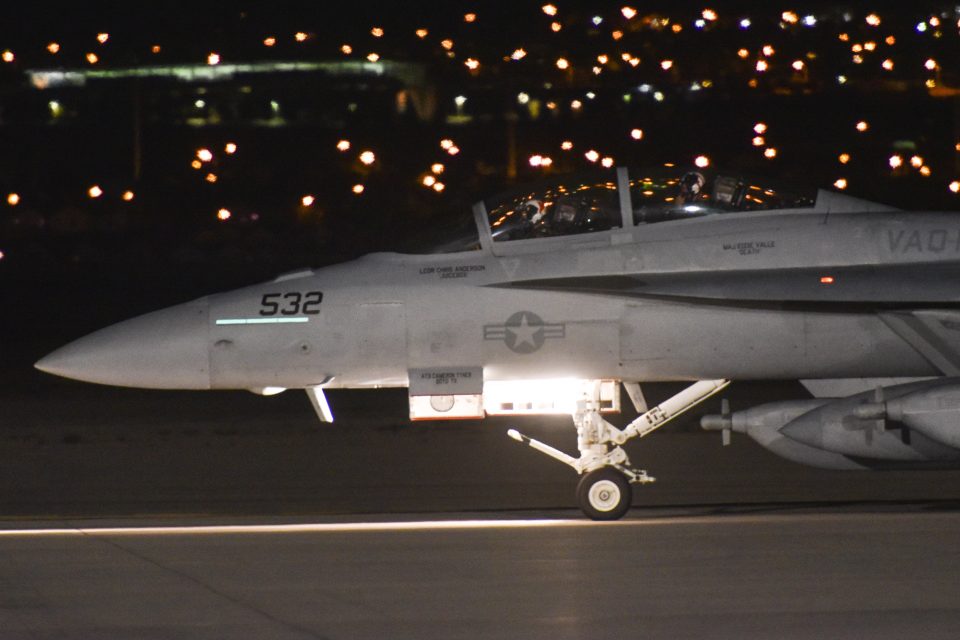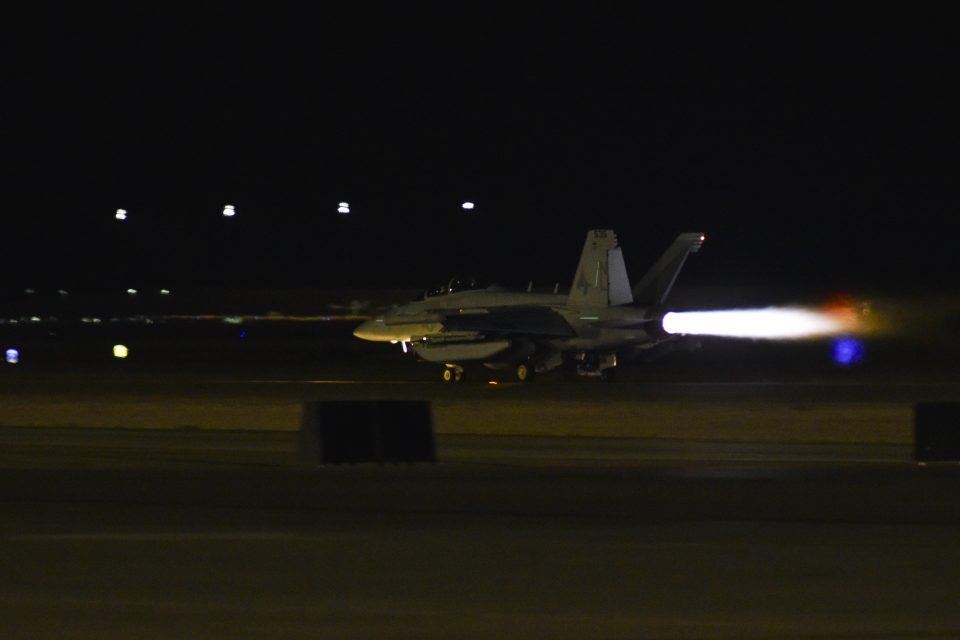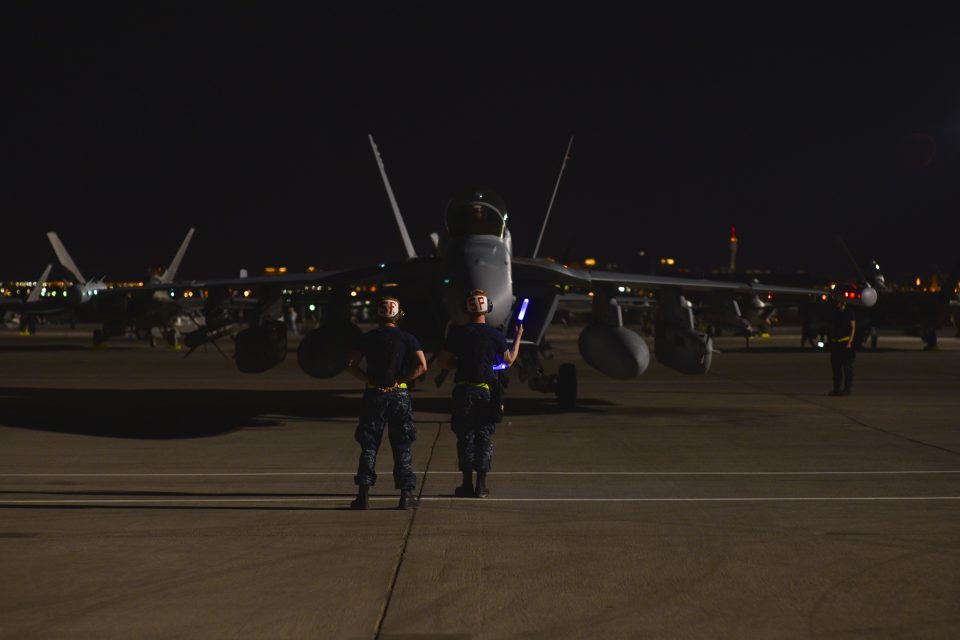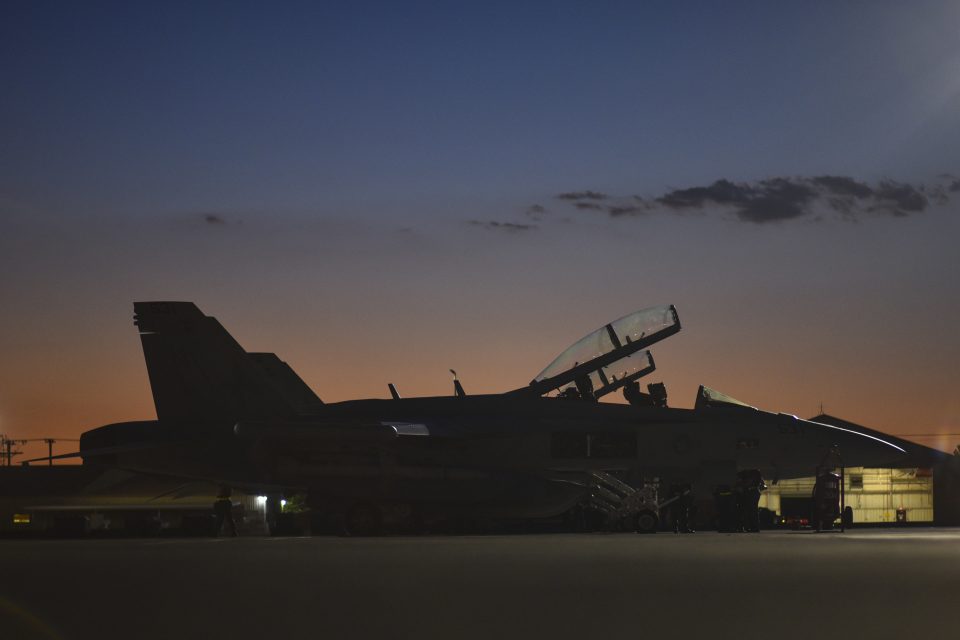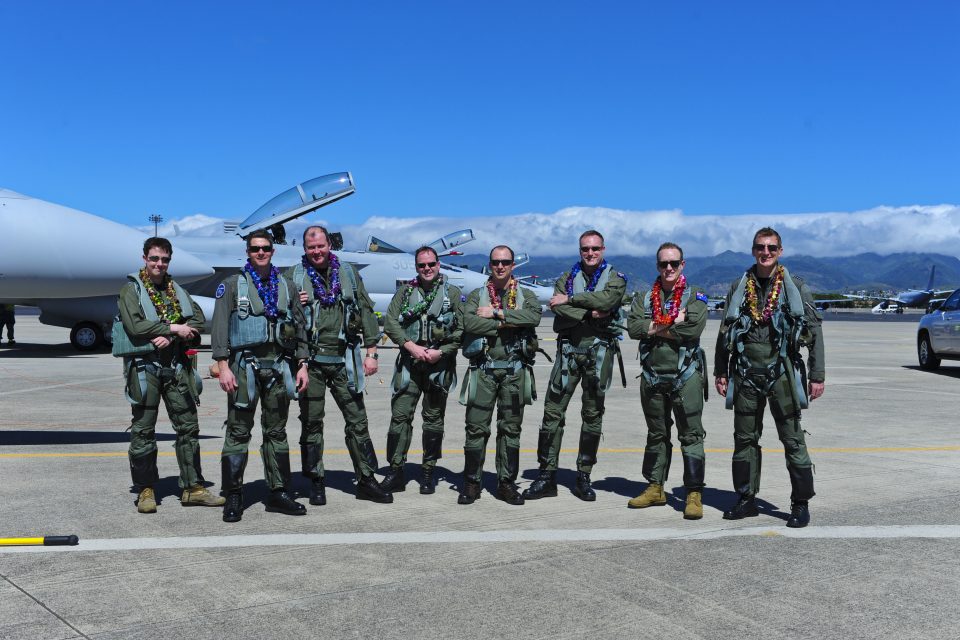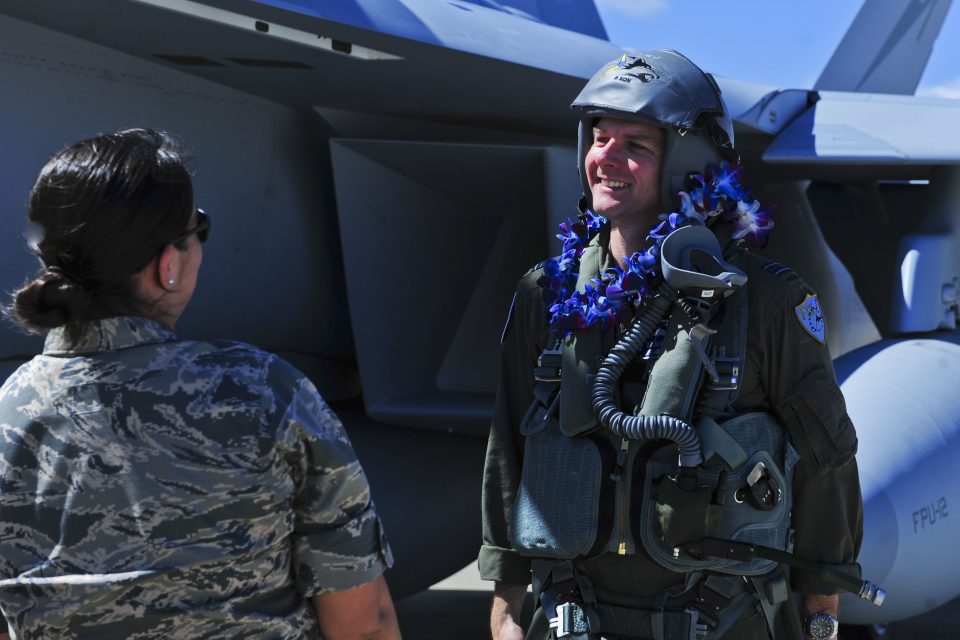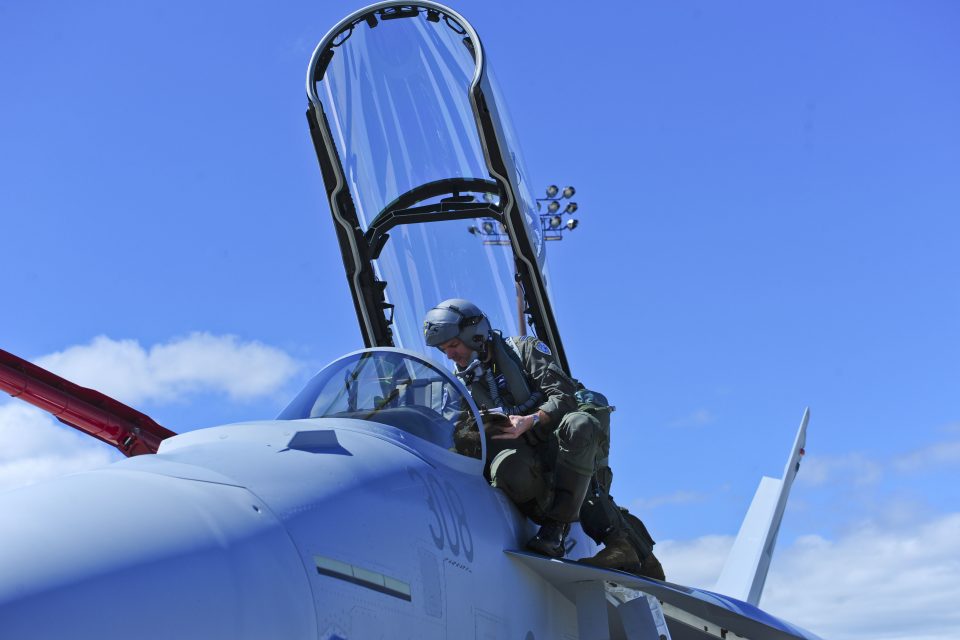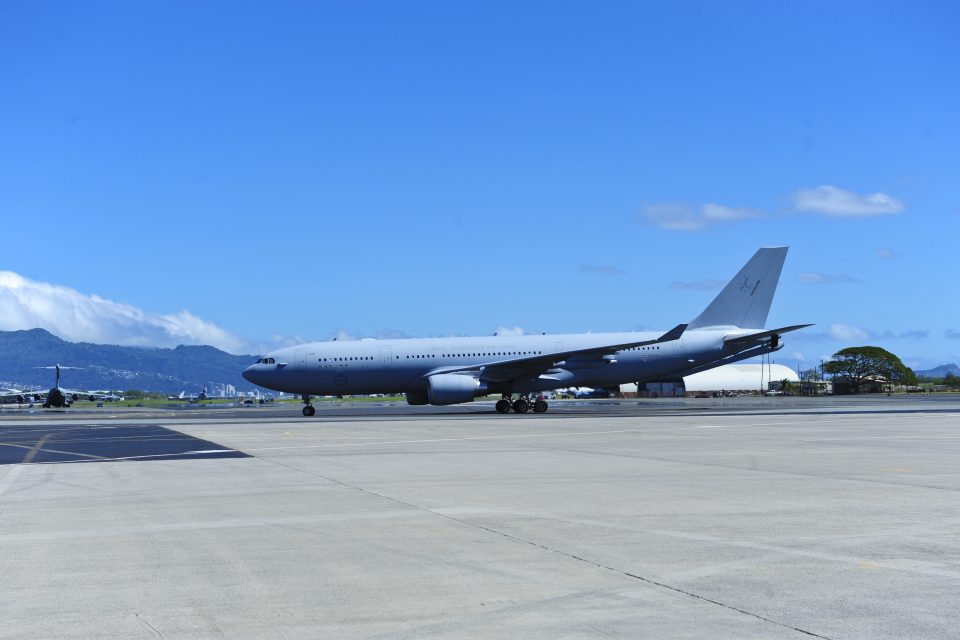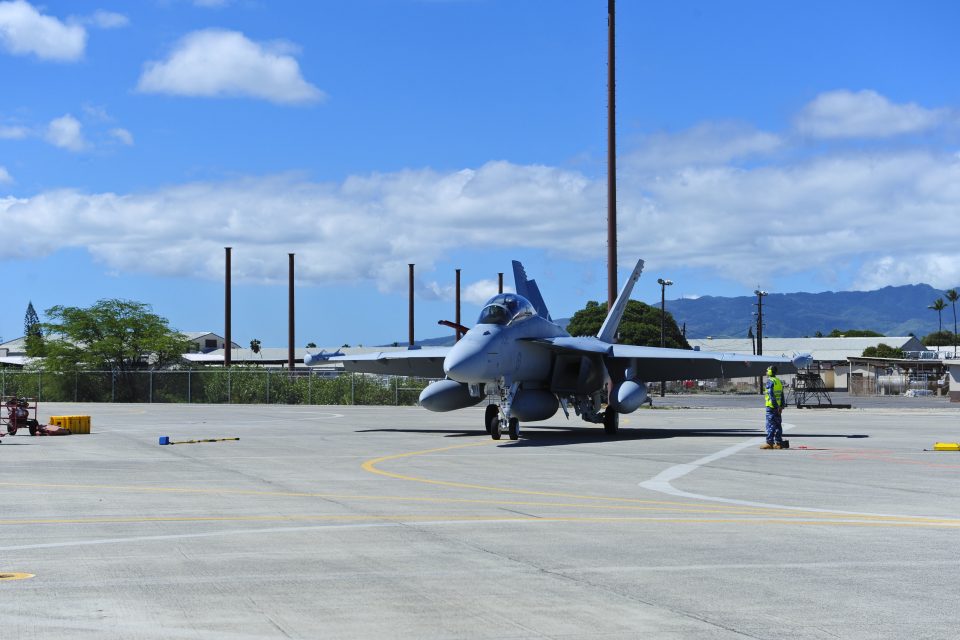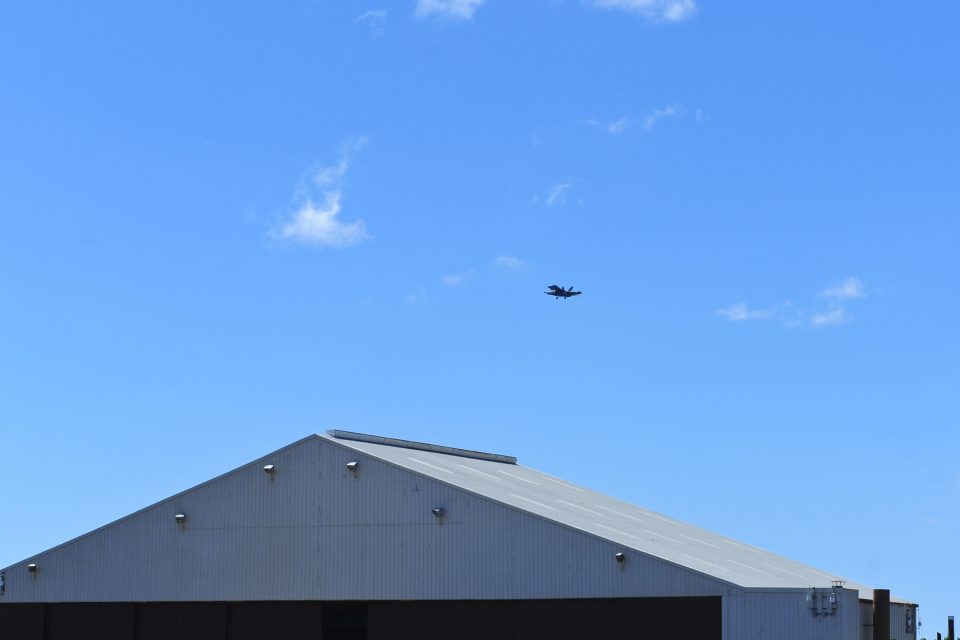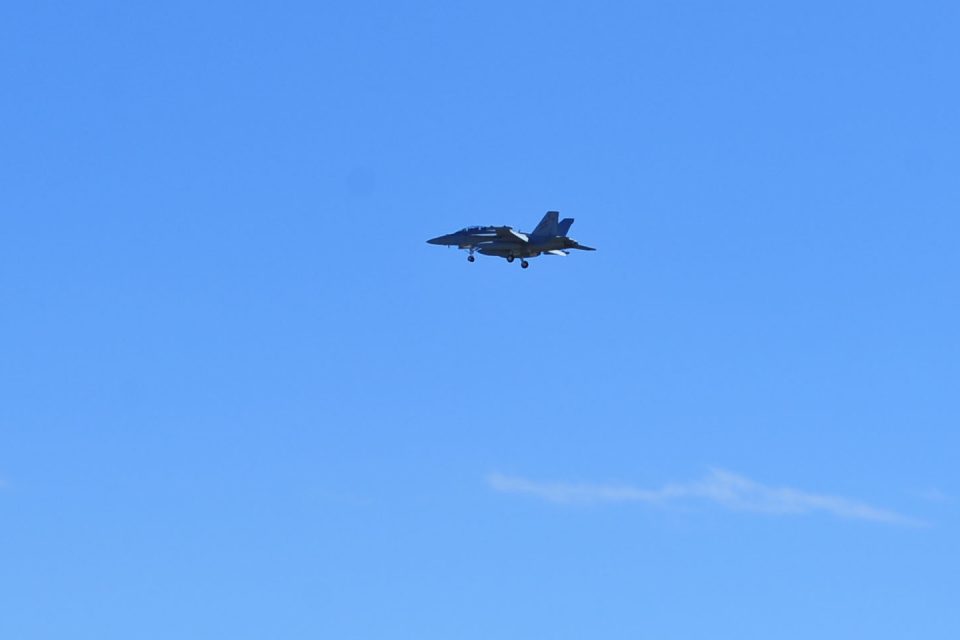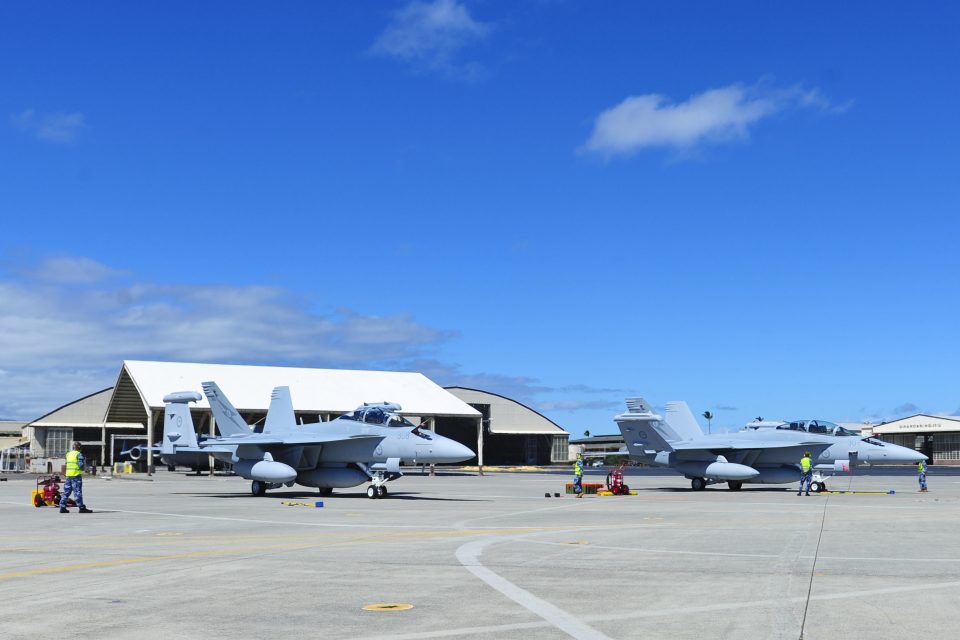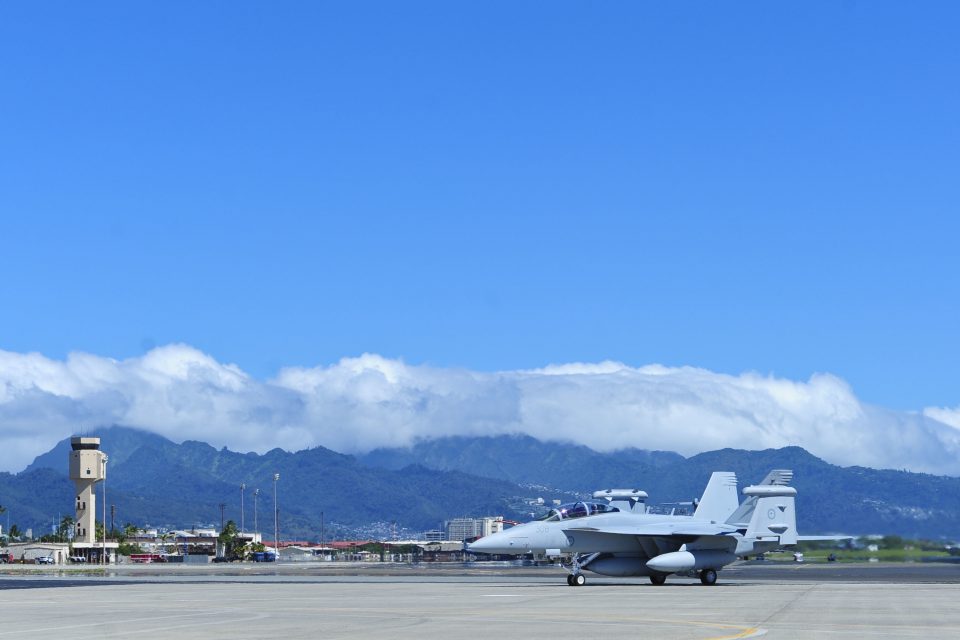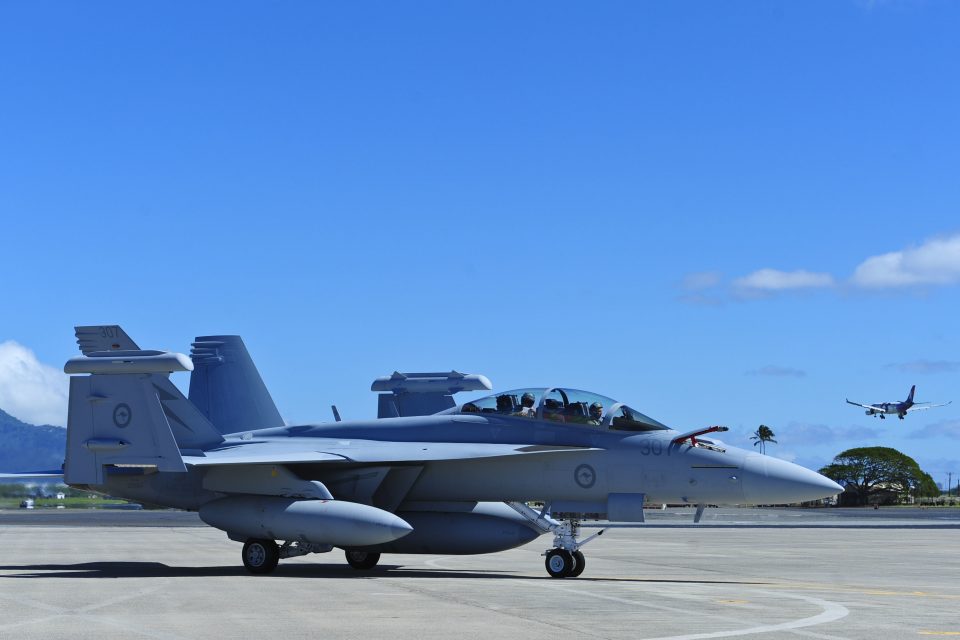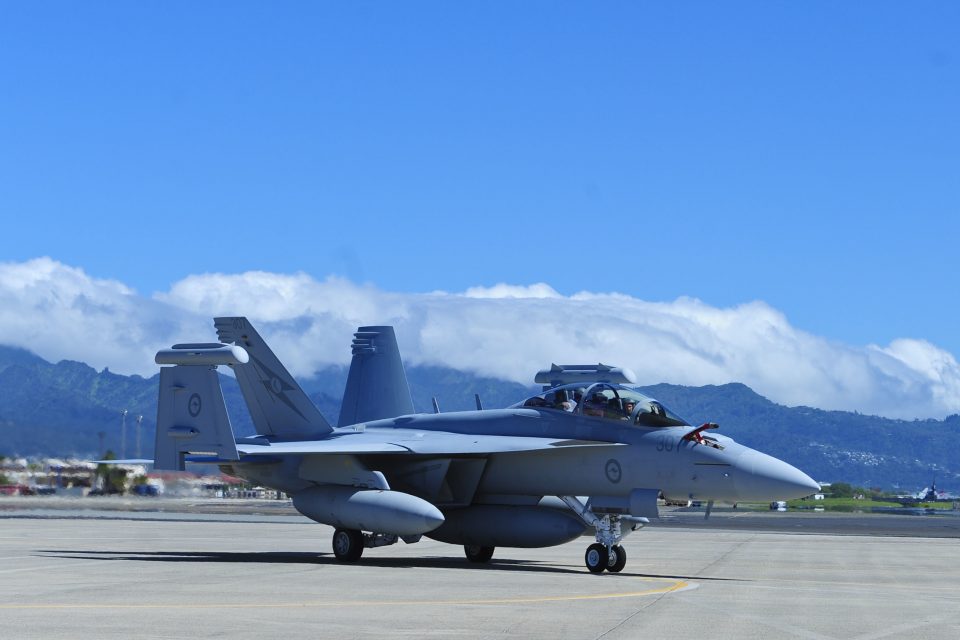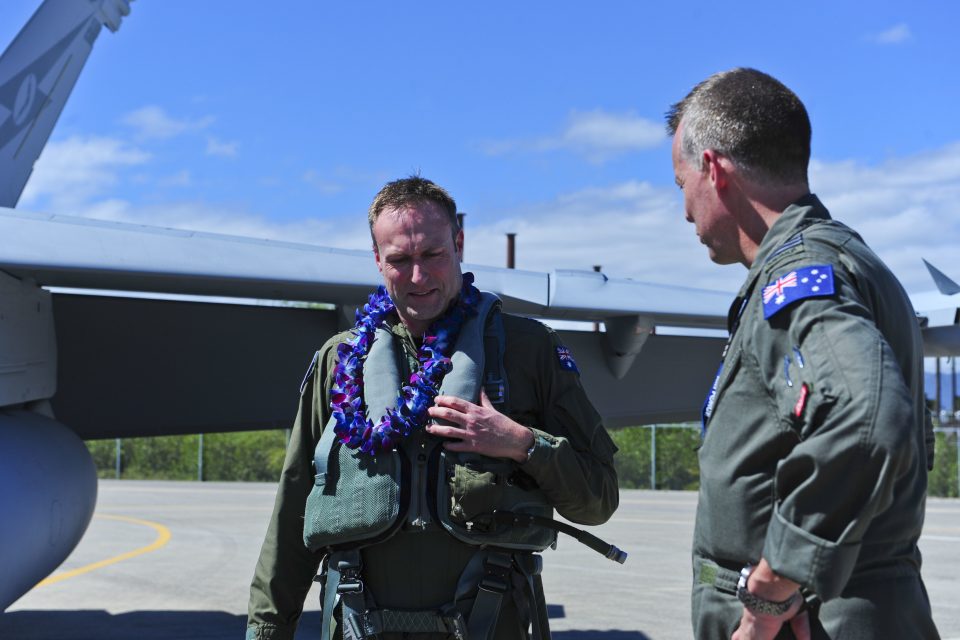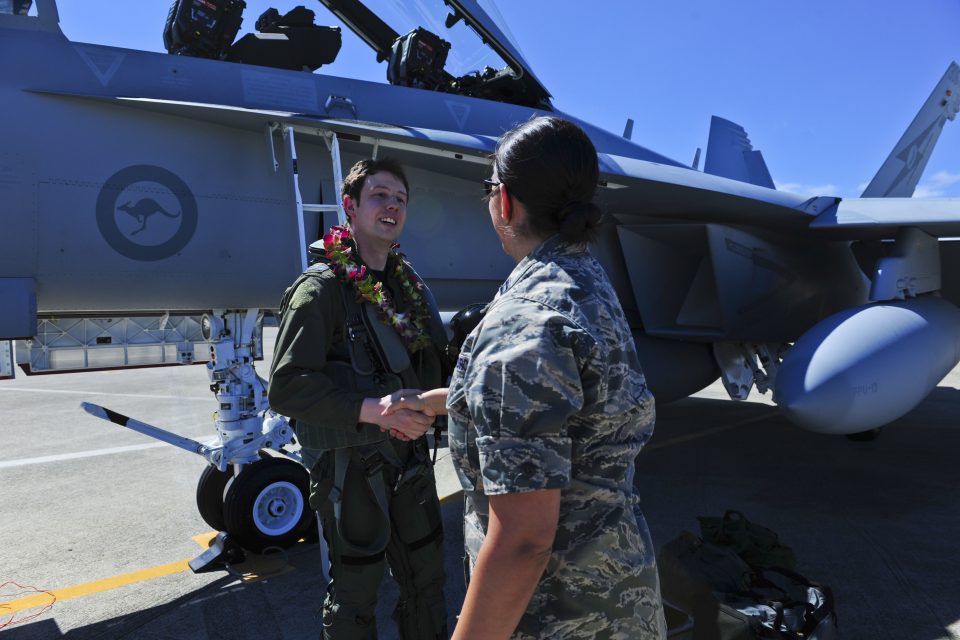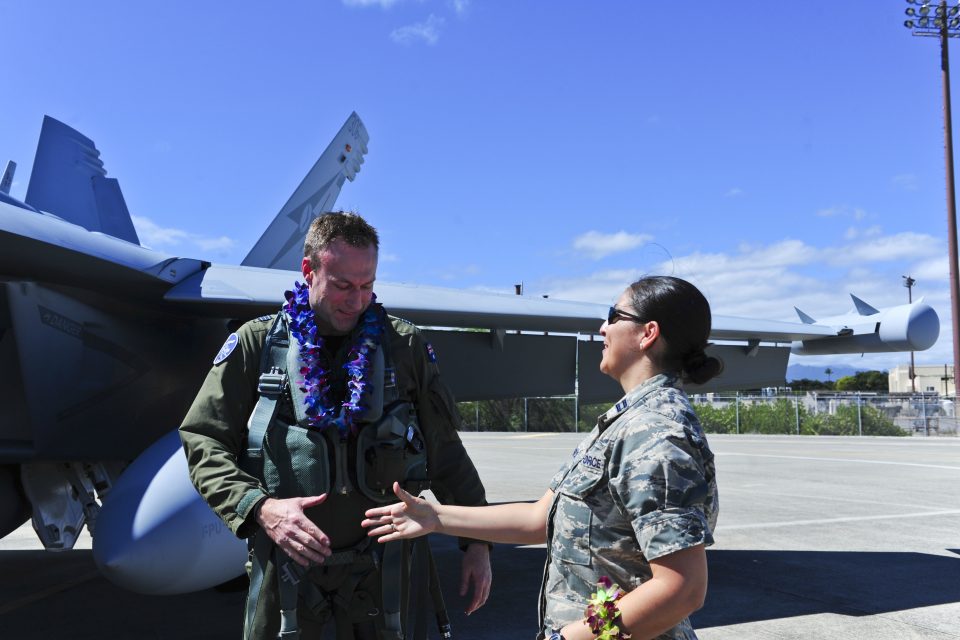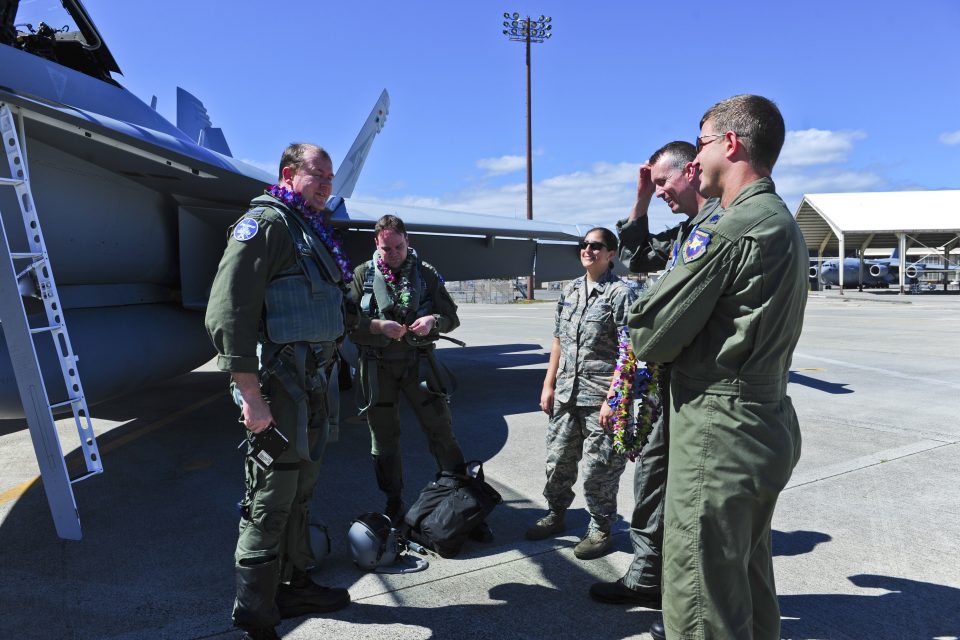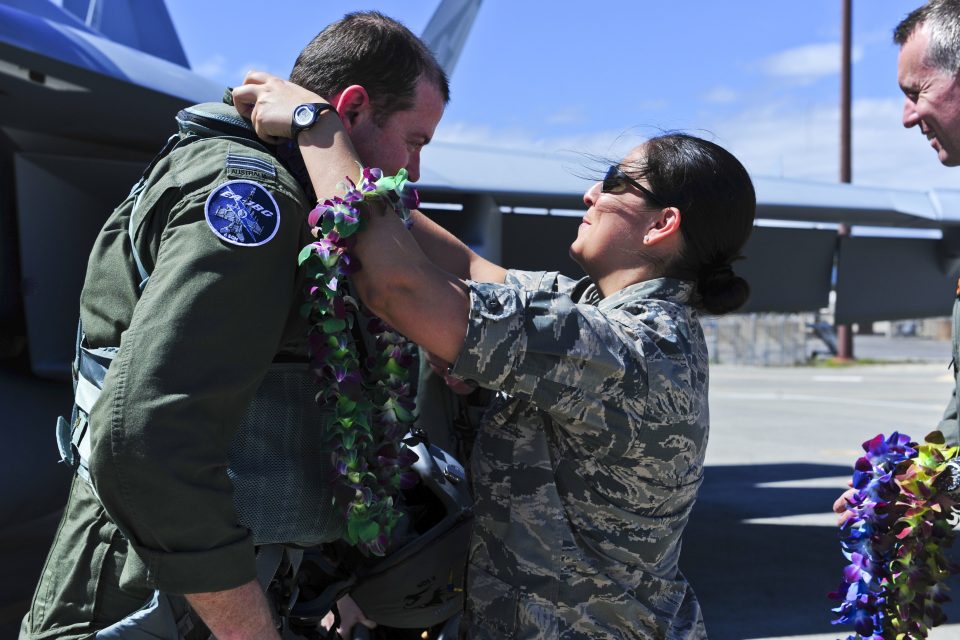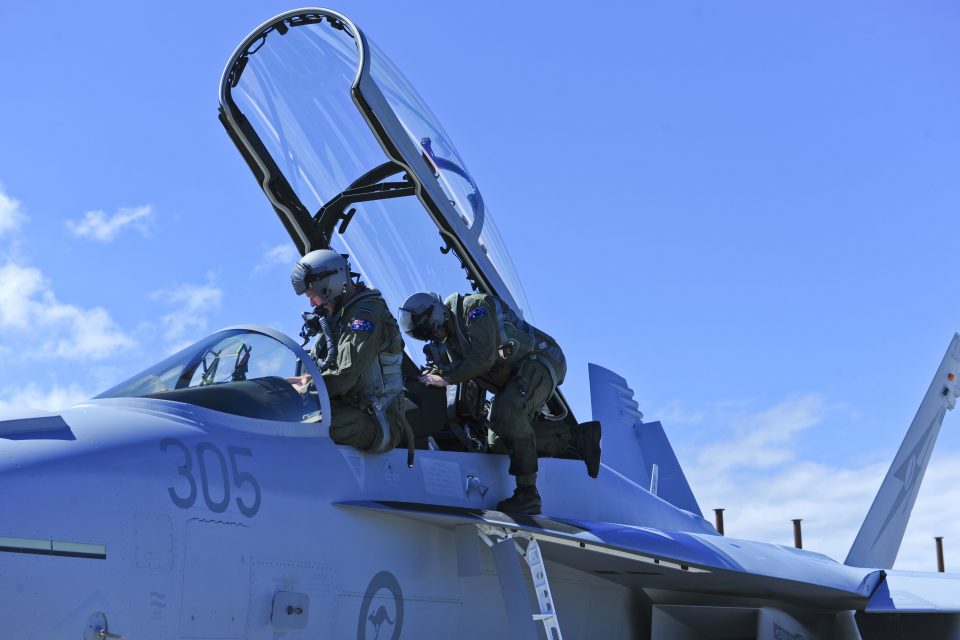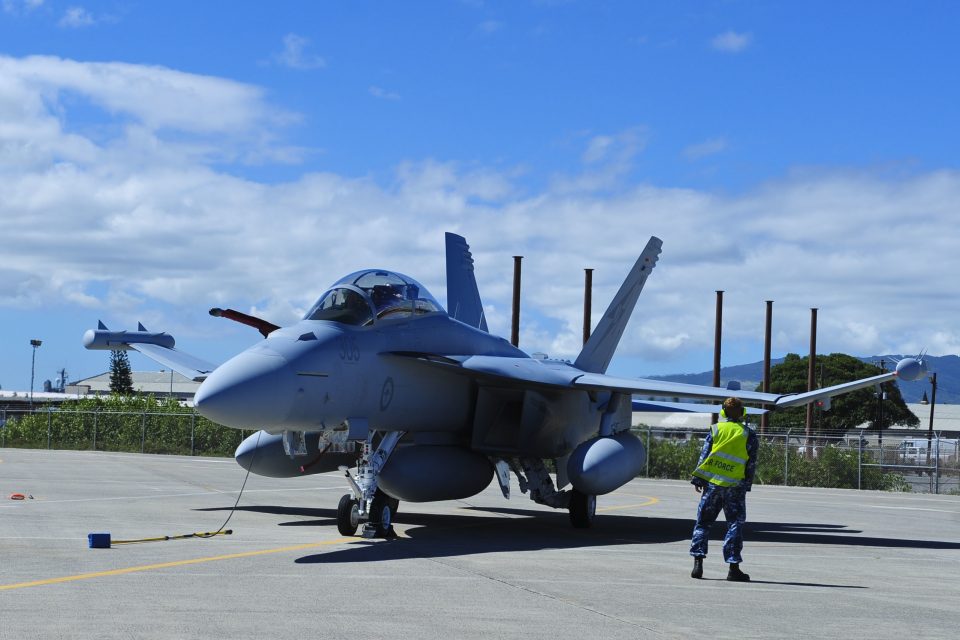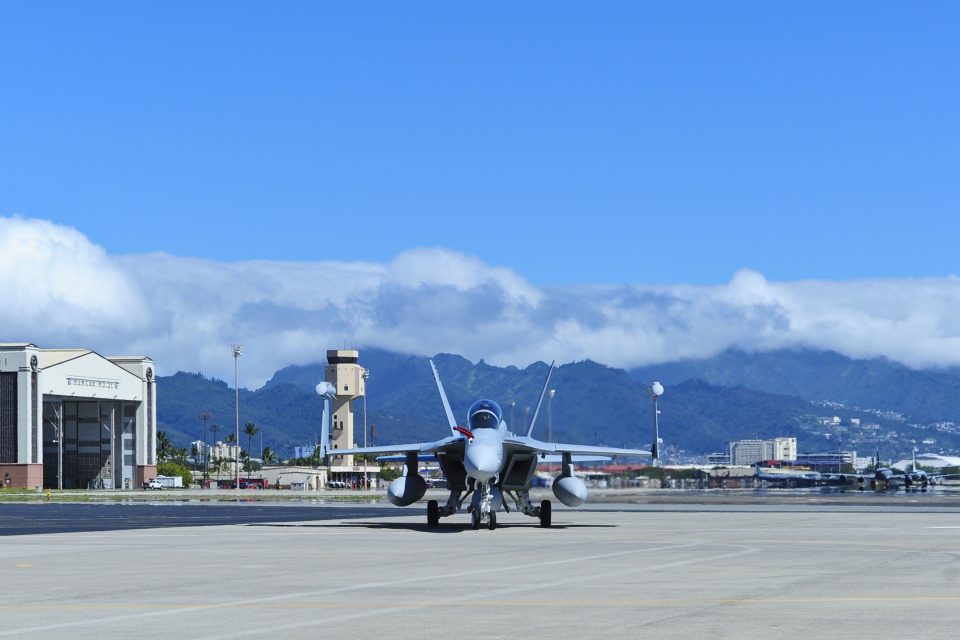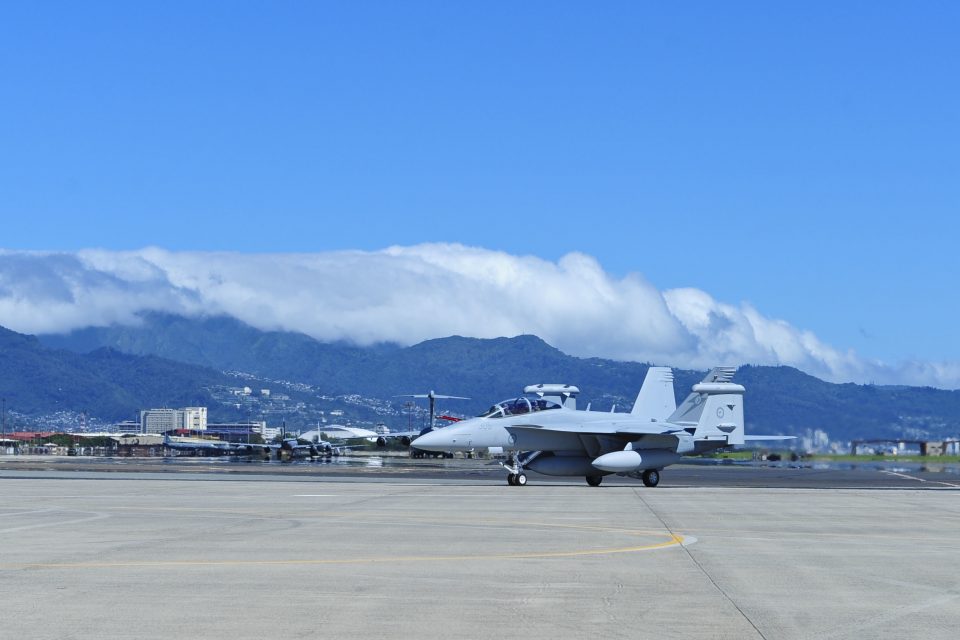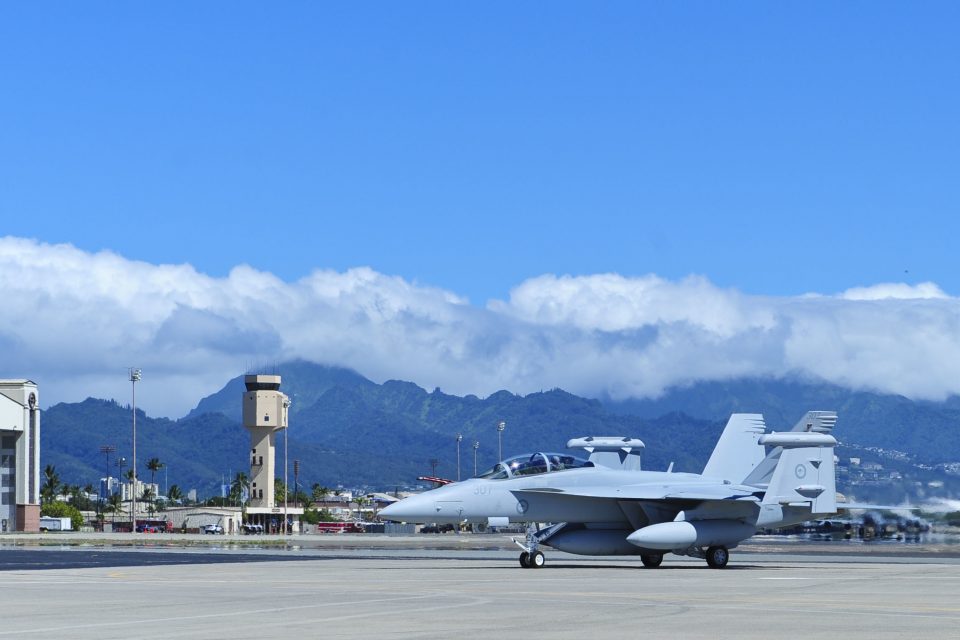2017-08-10 By Robbin Laird and Ed Timperlake
During our recent visit to NAWDC, we had a chance to talk with the leadership of N-10 or HAVOC as it is known at NAWDC.
N10: The US Navy’s Airborne Electronic Attack Weapons School, call sign “HAVOC”, stood up in 2011 to execute the NAWDC mission as it pertains to Electronic Warfare and the EA-18G Growler. HAVOC is comprised of highly qualified Growler Tactics Instructors, or GTIs, that form the “tactical engine” of the EA-18G community, developing the tactics that get the most out of EA-18G sensors and weapons. HAVOC’s mission is also to train Growler Aircrew and Intelligence Officers on those tactics during the Growler Tactics Instructor Course.
The Growler Tactics Instructor Course is a rigorous 12 week syllabus of academic, simulator, and live fly events that earn graduates the Growler Tactics Instructor designation – the highest level of EA-18G tactical qualification that is recognized across Naval Aviation. The Growler brings the most advanced tactical Electronic Warfare capabilities to operational commanders creating a tactical advantage for friendly air, land, and maritime forces by delaying, degrading, denying, or deceiving enemy kill chains.
It is clear that the HAVOC leadership looks at their work as providing key tools for the current fight, including embedding Naval aircrews with ground maneuver elements in our current wars.
However they are also significantly laying the foundation for the con-ops evolution of many the tactics and training for combat employment of high intensity non-kinetic payloads in the digital battlespace.
Significantly in building to the future, they are working their “tron magic” across the joint and coalition force.
During our visit we interviewed LT Scot “Chu-Hi” Chuda, LCDR Stephen “Choda” Skoda, LT Steven Sanchetta and LCDR “Sharkey” McCormick.
The team has significant electronic warfare experience starting with Prowler and has worked with Growler for some time as well.
The first point made by the team was that the Growler is mission dependent.
They emphasized that their role varied by mission but they were seeing an expanded role for the non-kinetic capability.
They are expanding beyond a classic Suppression of Enemy Air Defense or SEAD role to look at other ways to contribute to a broader mission set.
One should look at Growler as providing a non-kinetic payload within the evolving digital battlefield because the non-kinetic payload business is itself expanding as threat change and technology evolves.
“How we integrate will always depend on the different assets available and the different missions.”
The second point is that demand signal is going up with regard to the electronic magnetic spectrum threat.
“The electromagnetic spectrum is pervasive and everybody uses it and everybody tries to take advantage of it and we are the sole asset in the DOD that has that as our primary mission to affect the electromagnetic spectrum.”
The third is that they work a lot with the joint force.
For example, “we spend last third of our Growler Tactics Instructor (GTI) training course at the USAF Weapons School Integration (WSINT) course at Nellis. In fact, every Red Flag now has a Growler squadron participating.”
We asked about the current disposition of Growlers and we were told that there are more than 100 Growlers currently with 4 expeditionary squadrons to support the COCOMs.
The fourth point was about a ramping up of integration work for the high end fight.
HAVOC participates two times a year in the USAF Weapons School WSINT course.
“The USAF brings all the platforms together. Everyone is an expert in their own platform when they start WSINT. But WSINT is about forcing integration into the mind set of participants. They provide a problem set where no single platform can do the job alone, they need to use other platforms to working together and need to synchronize to solve the problem and it’s something we don’t see anywhere else.”
There is a growing demand for electronic magnetic payloads in the digital battlespace is going up and the kind of integration being fostered will shape modernization as the combat fleet goes forward.
“Everybody is going to keep using electronics and advanced electromagnetic spectrum to their advantage in fighting and no one is going to forget about it.”
It has been a slow process of rolling out Growler capabilities and clearly there is a need looking forward to accelerate the modernization process to ensure dominance in this important warfighting area.
“We need to be pushing forward towards the next capability whether it be an aircraft or UAV or a system of systems bundled capability. As of right now we are 18 years into a 22-year upgrade project on current capabilities that looking forward to the future needs to happen more quickly to deal with this rapidly evolving warfighting area.”
We then addressed the need to modify how the USAF and the USN connect in order to more rapidly train and prepare for high tempo operations.
The team pointed out that it took three months to prepare for the joint training, as security and communication barriers made the process much harder than it would need to be to get the quick on the fly integration for the 21st century digital battlefield.
Put in blunt terms, the enterprise rules and security rules in place for today’s “Slo Mo” war clearly are not adequate to preparing for higher tempo ops where the force needs to integrate on the fly to deal with the contested battlespace.
The team next discussed the need to get better integration earlier in the process of introducing new equipment or modernized equipment into the force.
“It is not so much teaching the air crews how to use a particular piece of equipment; it is about learning how to integrate into the fight and to get best value from any upgrade or new piece of equipment. We need to focus more attention on that part of the equation.”
As an aside we saw the same technology and combat learning dynamic embedded in the US Navy P-8/Triton community at Navy Jax.
Finally, we discussed a topic which we also discussed with the Hawkeye instructors as well.
Working integration of the digital battlespace among Growler, F-35 and Hawkeye would enhance the TTPs which could be developed to more rapidly evolve capabilities in the digital battlespace.
“There are many of us around here who think that the concept of the E2D the F35 and the Growler integrating would accelerate our transition to where warfare is going with regard to the contested battlespace.
“There are many of us around here who think that would be an outstanding idea that we should really push for and should be a focus of testing and evaluation.
“But there will be people around as well who will say but how does that lead to me dropping bombs?”
Editor’s Note: The first slideshow shows a Dodge Intrepid and Growler on the runway at Fallon Naval Air Station.
The second slideshow shows the Growler at Red Flag 17-3.
The third slideshow shows Aussie Growlers at Hickham AFB.
The photos are credited to the US Navy.
Editor’s Note: For a strategic look at the way ahead on Tron Warfare, see the following Special Report:
https://sldinfo.com/shaping-a-21st-century-approach-to-tron-warfare-2/


